
THE LAST JAPANESE TO SURRENDER
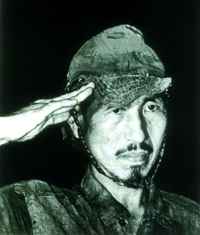 ______Japan's efforts to create a "Co-Prosperity Sphere" (i.e., EMPIRE) in the Pacific ran into snags when the Japanese failed to subdue China, picked a fight with the Netherlands, England, and France (after their Aryan allies had taken tow of the three down) and, most importantly, started a fight with the United States of America.
______Japan's efforts to create a "Co-Prosperity Sphere" (i.e., EMPIRE) in the Pacific ran into snags when the Japanese failed to subdue China, picked a fight with the Netherlands, England, and France (after their Aryan allies had taken tow of the three down) and, most importantly, started a fight with the United States of America.
______When the opening battles of the Pacific War were fought between the U.S. and Japan it seemed as if everything was going well... much of the Pacific Fleet was badly damaged at Pearl Harbor and the Phillipines fell to a Japanese land and sea invasion. However, it became clear in 1942 that the United States was not going to be defeated militarily, nor was it going to simply give up. So the Japanese hunkered down and ordered their soldiers, now spread out in islands across the Pacific, to fight to the last man and await for the return of the Emperor. With their occupation of literally hundreds of islands they figured that by the time the U.S. finished invading each and every one of them to get to Japan we would kinda get bored and go away.
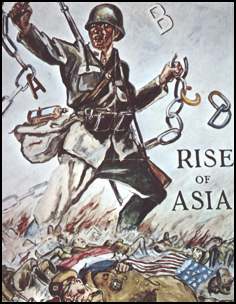 ______But the Allies used a "wither on the vine" strategy, in which only a few key islands would be invaded, bypassing the majority of the Japanese-held islands. While the chain of liberated islands led to the Home Islands of Japan the enemy-held islands, cut off from supplies and relief, would simply surrender or starve. And indeed, this strategy did lead to Japan's surrender.
______But the Allies used a "wither on the vine" strategy, in which only a few key islands would be invaded, bypassing the majority of the Japanese-held islands. While the chain of liberated islands led to the Home Islands of Japan the enemy-held islands, cut off from supplies and relief, would simply surrender or starve. And indeed, this strategy did lead to Japan's surrender.
______That would be the end of the story, except that some of the soldiers did NOT surrender OR starve, but remained at war.
______One such soldier was Officer Candidate Hiroo Onoda. At the end of 1944 he was sent to the Phillipine Island of Lubang, having been trained in the art of guerrilla warfare. The Americans arrived in February 1945 and soon wiped out all Japanese forces save four men. One of them was newly-promoted Lieutenant Onoda.
______Lieutenant Onoda began his guerrilla war only a few months before the end of World War II, which the four soldiers were unaware of. In 1949 one of the soldiers "deserted" to the Phillipine Army and was brought back to the area to try to tell the others that the war was over. Lt. Onoda recognized it for what it was: a trick! The remaining three soldiers "retreated" to a new area.
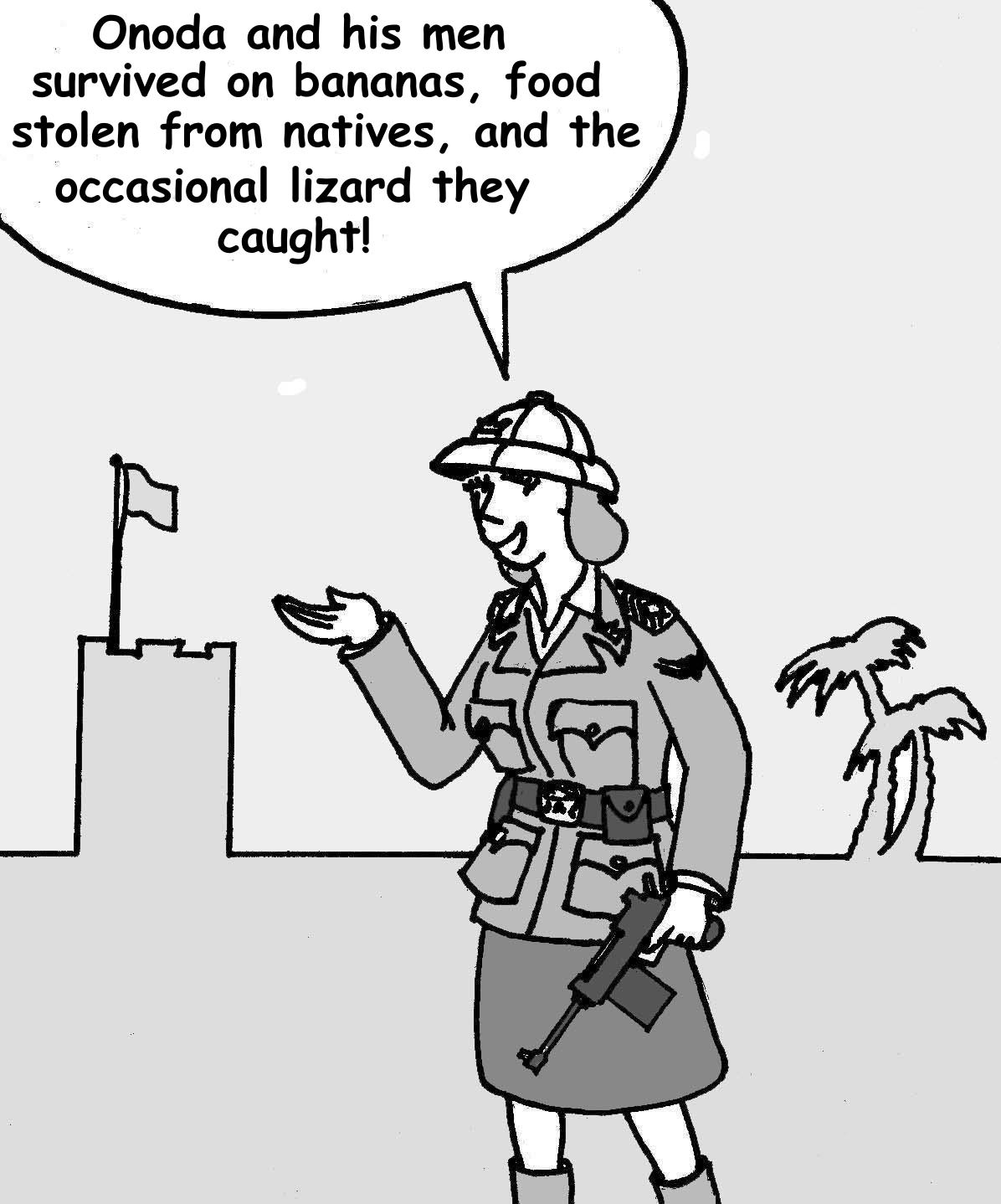 ______In 1954 another soldier in Onoda's tiny army was killed in a shootout with filipino fishermen. Leaflets were dropped over the area addressing the two remaining soldiers by name in a vain attempt to convince them that the war was over, but Lt. Onoda was too smart for that. Even when Onoda's brother was brought in to address them over a speaker system they were convinced that the Americans had found someone who looked and sounded like his brother in order to get rid of him.
______In 1954 another soldier in Onoda's tiny army was killed in a shootout with filipino fishermen. Leaflets were dropped over the area addressing the two remaining soldiers by name in a vain attempt to convince them that the war was over, but Lt. Onoda was too smart for that. Even when Onoda's brother was brought in to address them over a speaker system they were convinced that the Americans had found someone who looked and sounded like his brother in order to get rid of him.
______Lt. Onoda lost his third and last soldier in 1972, while conducting a "raid" on rice crops. In 1974 he met a Japanese university dropout named Suzuki who had come out to Lubang with the express mission of finding Onoda. Cautious at first, Onoda listened as the young man told him that the war was over. Onoda explained that he could not surrender without orders. On March 9th, 1974, a meeting was arranged between Lt. Onoda and Maj. Taniguchi, Onoda's former commander. Taniguchi ordered Onoda to give up his sword and this small slice of World War II finally came to an end.
______
WHO WAS THE "BLACK SWALLOW OF DEATH?"



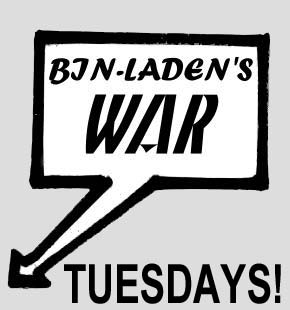

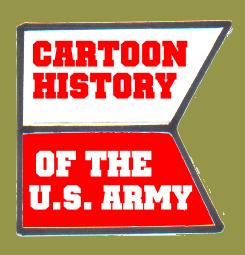

 ______Japan's efforts to create a "Co-Prosperity Sphere" (i.e., EMPIRE) in the Pacific ran into snags when the Japanese failed to subdue China, picked a fight with the Netherlands, England, and France (after their Aryan allies had taken tow of the three down) and, most importantly, started a fight with the United States of America.
______Japan's efforts to create a "Co-Prosperity Sphere" (i.e., EMPIRE) in the Pacific ran into snags when the Japanese failed to subdue China, picked a fight with the Netherlands, England, and France (after their Aryan allies had taken tow of the three down) and, most importantly, started a fight with the United States of America. ______But the Allies used a "wither on the vine" strategy, in which only a few key islands would be invaded, bypassing the majority of the Japanese-held islands. While the chain of liberated islands led to the Home Islands of Japan the enemy-held islands, cut off from supplies and relief, would simply surrender or starve. And indeed, this strategy did lead to Japan's surrender.
______But the Allies used a "wither on the vine" strategy, in which only a few key islands would be invaded, bypassing the majority of the Japanese-held islands. While the chain of liberated islands led to the Home Islands of Japan the enemy-held islands, cut off from supplies and relief, would simply surrender or starve. And indeed, this strategy did lead to Japan's surrender. ______In 1954 another soldier in Onoda's tiny army was killed in a shootout with filipino fishermen. Leaflets were dropped over the area addressing the two remaining soldiers by name in a vain attempt to convince them that the war was over, but Lt. Onoda was too smart for that. Even when Onoda's brother was brought in to address them over a speaker system they were convinced that the Americans had found someone who looked and sounded like his brother in order to get rid of him.
______In 1954 another soldier in Onoda's tiny army was killed in a shootout with filipino fishermen. Leaflets were dropped over the area addressing the two remaining soldiers by name in a vain attempt to convince them that the war was over, but Lt. Onoda was too smart for that. Even when Onoda's brother was brought in to address them over a speaker system they were convinced that the Americans had found someone who looked and sounded like his brother in order to get rid of him.